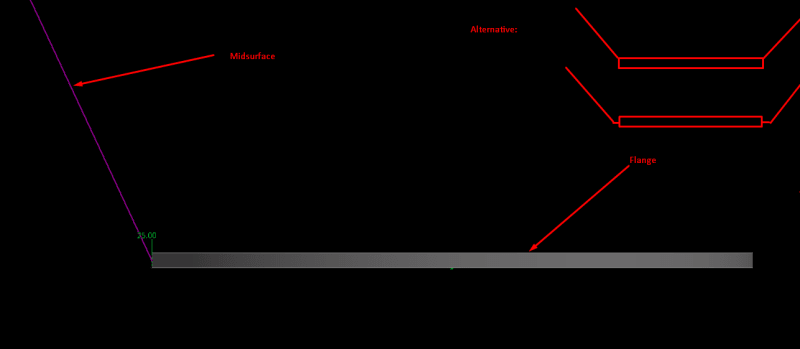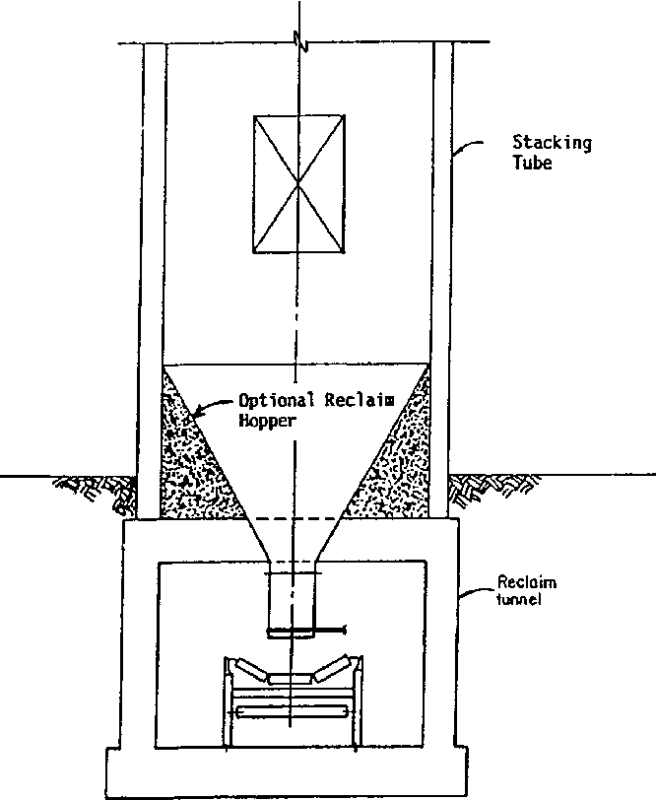Hi,
I'm still learning FEA, I was keen to know the best way to connect a shell-solid mesh for a hopper. The sheet metal hopper section is a shell, whereas the flange is a solid. Does the shell mesh need a foundation that is around 2 to 3 layers thick? Any good books to find more information on this?
Thank you!

I'm still learning FEA, I was keen to know the best way to connect a shell-solid mesh for a hopper. The sheet metal hopper section is a shell, whereas the flange is a solid. Does the shell mesh need a foundation that is around 2 to 3 layers thick? Any good books to find more information on this?
Thank you!


